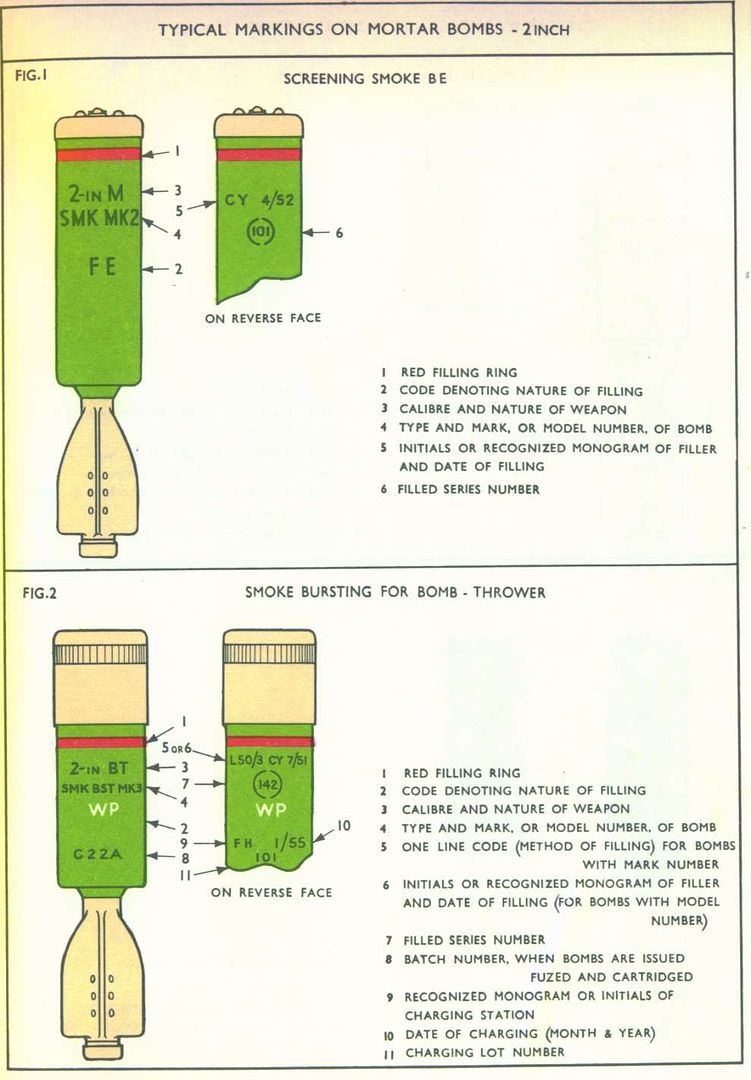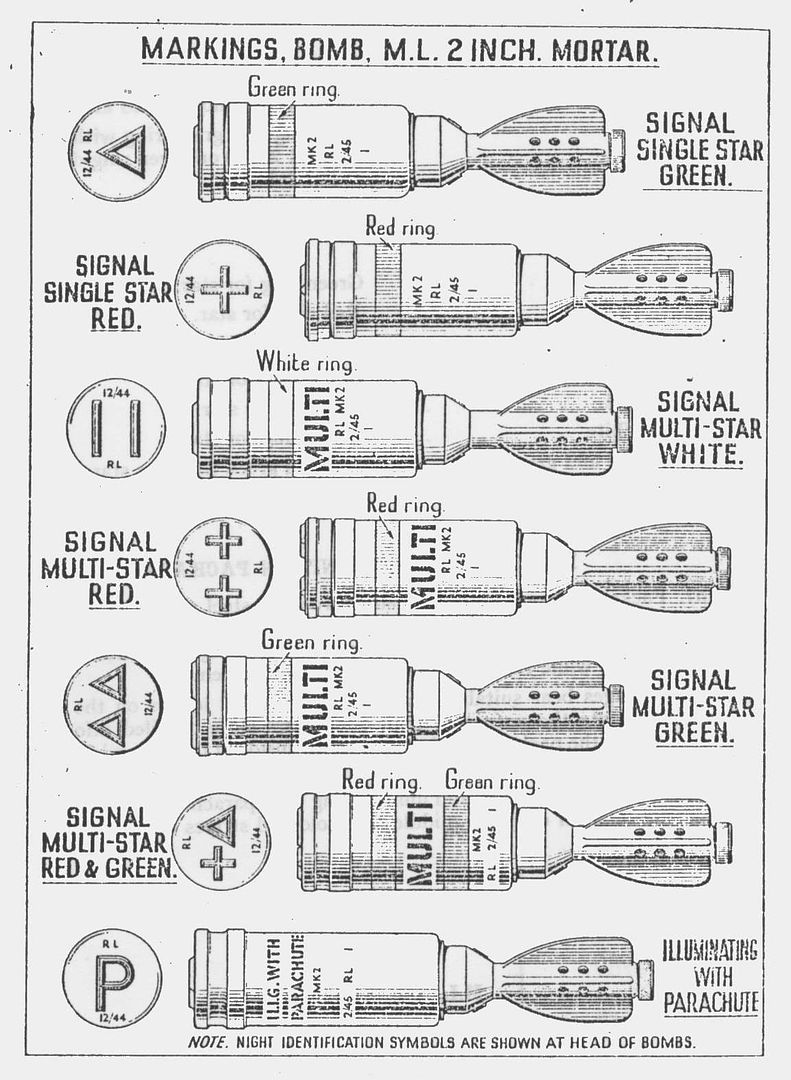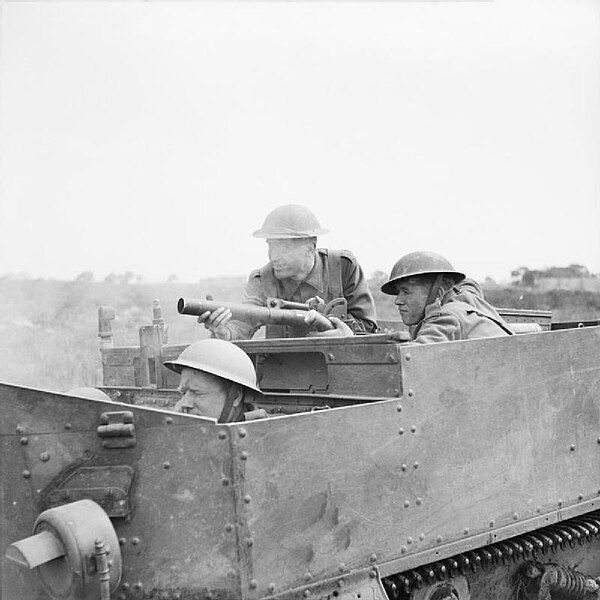1941, Tuesday 18 November;
Tuesday 18th, this was it, the big offensive that Churchill was pushing so hard for, Operation Crusader! Take on Rommel’s Panzers, smash them, relieve Tobruk, and then push on to who knows what success lay ahead. They’d had two plans to consider, a daring strike across the desert, southwest to Jalo, before swinging north and intercepting the Via Balbia coastal road at Mersa el Brega, completely outflanking Rommel’s entire army and cutting it off from its supply, or the far less risky option, which they chose. It was simple really, although quite brutal, most of the British Armour, concentrated in Lt Gen Norrie’s XXX Corps would move forward, sweeping south round the fortified frontline outposts, before stopping at Gabr Salah. The movement of the British Armour circling around the fortified outposts, and threatening Tobruk would force Rommel to shift his Panzer Divisions south and confront the British amour, bringing about a dog-eat-dog battle of attrition, in which the British had a lot more tanks.
In the meantime, Lt Gen Heath’s XIII Infantry Corps would engage and surround the fortified frontline posts, reducing them as they could, while also following along the coastal road to join up with the Tobruk garrison, which was waiting for the right moment to break the siege. And to keep Rommel guessing, the Indian 29th Bde, with the 6th South African Armoured Car Regt attached would make the southern strike across the desert, following the plan of the first option, and take Jalo, acting as the advance guard of a supposedly main attack. In addition to this, an audacious plan to kill Rommel, by attacking his rear HQ at Beda Littoria, Operation Flipper, by Army Commandos, landed by submarines was authorised. They say any plan only lasts until contact with the enemy, but in this case, it was a lack of contact that broke the main battle plan!
The failure of Operation Battleaxe had brought about wholesale changes to the British command structure in North Africa. Wavell had gone, taking Auchinleck’s position as CinC India, while Auchinleck was now commanding the Middle East theatre. The Western Desert Force had been renamed the Eight Army, under the command of Alan Cunningham, a hero of the East African campaign. This now had two Corps, XXX Corps, Lt Gen Willoughby Norrie, with the 7th Armoured Division, comprising of the 7th and 22nd Armoured Bdes along with the 7th support Bde, as well as the attached 4th Armoured Bde, the two brigades of the South African 1st Division, its third brigade was acting as a LOC unit, and the independent 22nd Guards Brigade. And XIII Corps, Lt Gen Lewis Heath, with the 4th Indian Division, the 2nd New Zealand Division and the 1st Army Tank Brigade.
Also under Eighth Army command was the Tobruk garrison, commanded by Maj Gen Ronald Scobie, with the recently arrived British 70th Division, which had replaced the Australian 9th Division, although the Australian 20th Bde remained, the Polish Carpathian Bde, and the 32nd Army Tank Brigade. In reserve, the Eighth Army had the South African 2nd Division. In all they fielded 770 tanks, a mix of mainly Crusaders, Matilda’s and the new American Stuart tank, nicknamed Honey. Supporting them was the RAF’s Desert Air Force with about 550 aircraft in theatre, in addition other aircraft, including those based at Malta, were dedicated to the interdiction of Axis supplies, Rommel’s Achilles Heel.
Facing them was Panzergruppe Afrika, command by General Erwin Rommel, with the Afrika Korps, Lt Gen Ludwig Cruwell, made up of the 15th and 21st Panzer Divisions, the newly renamed 90th Light Africa Division and the attached Italian 55th Savona infantry division. The Italians also fielded the XX Motorised Corps, with the Ariete armoured, and Trieste motorised, divisions, and the XXI Corps, with the Trento motorised division and three infantry divisions, Pavia, Brescia and Bologna. These forces had under 200 Italian tanks, and nearly 250 German ones, including about 135 Mk III’s, and 30 Mk IV’s. The Axis air forces fielded about 120 German and 200 Italian aircraft, although more could be flown in from Italy and Greece.
Pre-dawn, Tuesday, without the fanfare of any artillery barrage, the three armoured brigades, the 22nd and the 7th of the 7th Armoured Division, and the attached 4th Armoured Brigade swept forward, meeting no resistance all day. Owing to heavy rains, no RAF raids on the Axis airfields was conducted, but this also prevented enemy air reconnaissance from spotting the advance. At about the same time as the offensive, Rommel returned to his headquarters from Italy, via Athens, having celebrated his 50th birthday with his wife in Rome, as well as convincing the Italian High Command to support his planned attack on Tobruk, scheduled for the 23rd November. He read the offensive as just a reconnaissance in force, and did little, the British had achieved complete operational surprise.
And now, given such an advantage, the British began to throw it all away. This was in part due to a developing armoured warfare doctrine, that was light years away from the Germans, and in part due to the ‘fog of war’ caused by poor reconnaissance and radio communications, providing the British generals with a very disjointed picture. What saved them from complete disaster would be the problems Rommel was having with his own lack of air reconnaissance, and a seriously over inflated estimate of his enemy’s losses in tanks, something the British also repeatedly struggled with. Having arrived at the chosen battleground, they found to their dismay, the Germans hadn’t arrived at the party, and showed no inclination to do so. Cunningham, influenced by Norrie, who was in turn influenced by Gott, committed the cardinal sin of dispersing his forces, the concentration of armour was split up, as each Bde went off on its own divergent course.
Wednesday, the following day, 22nd Armoured Bde stumbled into the well dug in Ariete division at Bir el Gubi, losing tanks, while later in the afternoon, 4th Armoured battled with tanks of the 21sts Panzer Division, at Gabr Seleh, both sides convincing themselves that they had dealt out punishing blows on their enemy. And all the while 7th Armoured, with 7th Support Bde following pushed on north towards Tobruk, capturing the airfield at Sidi Rezegh. Overnight, realising that 4th Bde needed help, 22nd Bde was ordered to disengage, and shift east to support, when the 1st South African Bde, which had been ordered to relieve it, arrived. At the same time, the only other brigade the South African’s had, the 5th was ordered onto Sidi Rezegh to reinforce the 7th Armoured. And with Sidi Rezegh captured, the Tobruk garrison was ordered to start their breakout on Friday 21st.
So, Thursday morning, all three armoured brigades are engaged, the 7th now under attack at the airfield from troops of the German Afrika Division, as well as Italians from the Bologna Infantry Division. The 22nd, unable to disengage, as the South African’s hadn’t arrived, and the 4th being pressed hard by the 21st Panzer Division. At this point, they should have been smashing the German Panzers, but their concentration of force was lost; the brigades unable to support each other. It wasn’t until nightfall that 22nd Bde linked up with Bde, while the Germans disengaged. And now Rommel is finally convinced that this isn’t just a mere probe, but the full British effort on relieving Tobruk, and he orders Cruwell to concentrate his Afrika Korps, and send it west to recapture Sidi Rezegh, and snuff out the British push towards Tobruk. These moves were noticed by the British Command, and they begin to react, the initiative beginning to slide away from them.
Friday 21st, and the Tobruk garrison, with a preliminary 100-gun barrage, made a dawn attack towards El Duda and the airfield of Sidi Rezegh beyond, while diversionary attacks held the rest of the Axis besieging forces in position. Initially they made good progress, but increasingly stiffening defences stalled the attack on a couple of Italian held strongpoints, and by the end of the day they had created a salient 3.5 miles deep, with over 1,000 Axis prisoners. 7th Division launched an attack towards El Duda, to link up, gaining the lip of the escarpment overlooking the Trig Capuzzo Road, but further advance was stopped by German 88mm guns, the British losing a number of Crusader tanks. At about the same time, the British became aware of the Africa Korps, which launched an attack in their rear, from the South-East. Most of the British Armour turned and faced this attack, and in a day long battle, successfully fought the Germans to a standstill, but at the cost of the loss of the airfield at Sidi Rezegh, and most of their tanks, less than 30 remaining. South of the Afrika Korps was the 22ndf and 4thd Armoured Bdes, which had tried to engage the Panzer Divisions, and hold them back, but had been unable to do so.
And I’ll stop there for now, with a very confused set of battle lines, much like a club sandwich, the Tobruk garrison in the north, the Italian Bologna and German Afrika Divisions south, the British 7th Armoured Division next, the Afrika Korps attacking, south of them, and the British 4th and 22nd Armoured Bdes trying to press the Panzers from the south. Confused? You ought to be!



.jpg)
